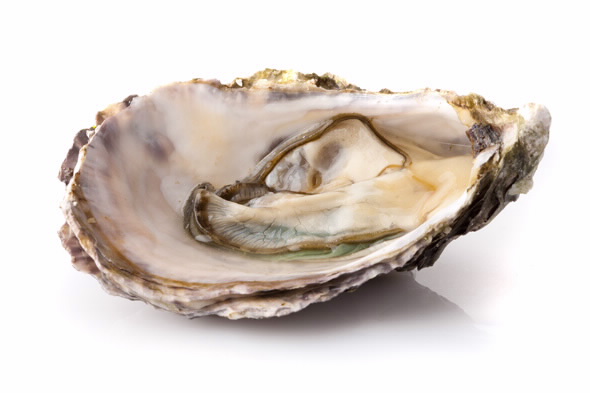The usefulness of applying stable isotope analysis (SIA) to evaluate optimal diets and feeding regimes for the production of the Pacific Oyster in hatcheries has been confirmed in collaboration with environmental researchers at ANSTO, UNSW Australia and the New South Wales Department of Primary Industries (NSW DPI).
The research is expected to be of interest to the aquaculture industry because it was undertaken in collaboration with NSW DPI at the Port Stephens Fisheries Institute, which investigates aquaculture, marine ecosystems, freshwater ecosystems, and assesses fisheries resources.

The Pacific Oyster, Crassotrea gigas, is farmed at Port Stephens and other parts of Australia. The Australian industry was estimated at $50 million in 2012 but it is more significant globally.
It is believed to be one of the first studies to use stable isotopes to investigate the appropriate micro-algal diets of bivalve larvae, assimilation of nutrients and their subsequent contribution to growth and survival during the time that oyster larvae are reared in hatchery.
The study was published in the Journal of Shellfish Research.
By comparing the stable isotopic ratios of carbon (13C to 12C) and nitrogen (15N to 14N) from bivalve larvae and microalgae, the study showed that that specific species of microalgae, Chaetoceros calcitrans and a combined feed of Pavlova lutheri, Tahitian Isochrysis aff. Galbana and Chaetoceros calcitrans (PCT) induced the best growth and survival of Crassotrea gigas larvae.
UNSW PhD candidate Angela Liu carried out the investigations as part of her honours research at ANSTO under the supervision of nutritional ecologist Dr Debashish Mazumder, who pioneered the use of isotopic techniques for nutritional ecology; Dr Michael Dove,
aquaculture scientist and oyster expert in the Port Stephens Fisheries Institute (DPI Fisheries) and Associate Professor Jesmond Sammut (UNSW Australia), who applies his expertise to solve aquaculture problems in the Asia-Pacific.
"I chose those algae because they are standard feed in hatcheries and being used by the Department of Primary Industry Fisheries. Understanding which microalgae contribute to growth can help to reduce feed production costs. The ratios of microalgae in diets can be adjusted for different oyster species at different life stages,” said Liu.
The isotopic composition of organisms is tightly linked with their diet and the carbon to nitrogen ratio is an indicator of diet quality.
The authors of the paper note that this principal could be used to develop optimal diets for hatchery production of other oyster species.
“Elizabeth (Libby) Fabian, another UNSW student, is now building on this work to test the dietary requirements of Sydney rock oyster spat. Along with our work on fish, the oyster research is strengthening the collaboration between ANSTO, UNSW, DPI and overseas agencies, and placing the group at the forefront, globally, of SIA work in aquaculture nutrition research," said A/Professor Sammut.
Sammut, Mazumder and Dove, who oversaw Liu’s work, supervise Libby.
“It is important to understand any changing larval nutritional requirements during various life stages of oyster growth, the stage at which larvae assimilate the most nutrients from particular diets,” said Liu.
The rearing of oyster larvae in hatcheries is particularly difficult and problems can occur when the larvae transition from reliance on internal energy reserves to nutrients from the water column.
Oysters are bivalves and feed by filtering algae and other nutrients from the brackish water in which they live and grow.
In the first two weeks of life, the floating fertilised egg of the oyster becomes free swimming and then a crawling pediveliger before it eventually settles onto a hard surface where it becomes known as ‘spat’.
Because Pacific Oysters are a hardy species, with fast growth and high reproductive rates, they are used in aquaculture.
In the past, studies have relied on biochemical analysis, and growth and survival experiments to determine the nutritional value of microalgal species in oyster larvae diets.
“Isotopic applications that determine which nutrient are assimilated by the organisms and which contribute to growth can be applied to other aquaculture species to optimise feeding strategies and reduce excessive nutrients leaching from the overuse of feed ingredients in fish farming,” said Mazumder.
Published: 21/12/2016


